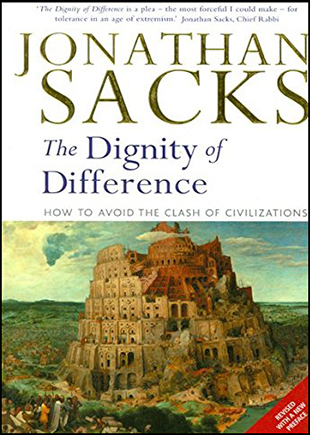"Too often in today's world, groups speak to themselves, not to one another: Jews to Jews, Christians to fellow Christians, Muslims to Muslims, business leaders, economists and global protesters to their respective constituencies. The proliferation of channels of communication — e-mail, chat-groups, the Internet, online journals, and the thousands of cable and satellite television channels — means that we no longer broadcast. We narrowcast. Gone are the days where people of different views were forced to share an arena and thus meet and reason with their opponents. Today, we can target those who agree with us and screen out the voices of dissent. Those who wish to make their views known, do so by ways that catch the attention of the news — usually by some form of violence or protest, an event that can be captured by a dramatic image, a soundbite, and scenes of confrontation. Television news especially, with its short attention span, is no substitute for rational debate and serious engagement with contrary views. Conversation, the heartbeat of democratic politics, is dying and with it our chances of civic, let alone global, peace. . . .
"Television, with its emphasis on the visual, creates a culture of sight rather than sound — the image that speaks louder than the word. Images evoke emotion. They do not, of themselves, generate understanding. The result is that the most visual protest, the angriest voice and the most extreme slogan win. If confrontation is news and conciliation not, we will have a culture of confrontation. That is destructive of the things on which our future will depend — our ability to understand and be understood by people whose cultures, creeds, values and interests conflict with ours and to whom, therefore, we must speak and listen."
Back to reading a full review of this book.
